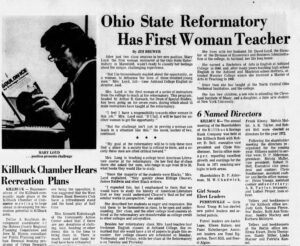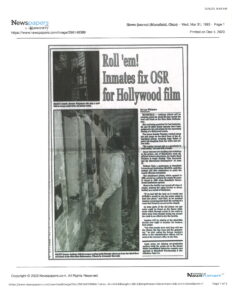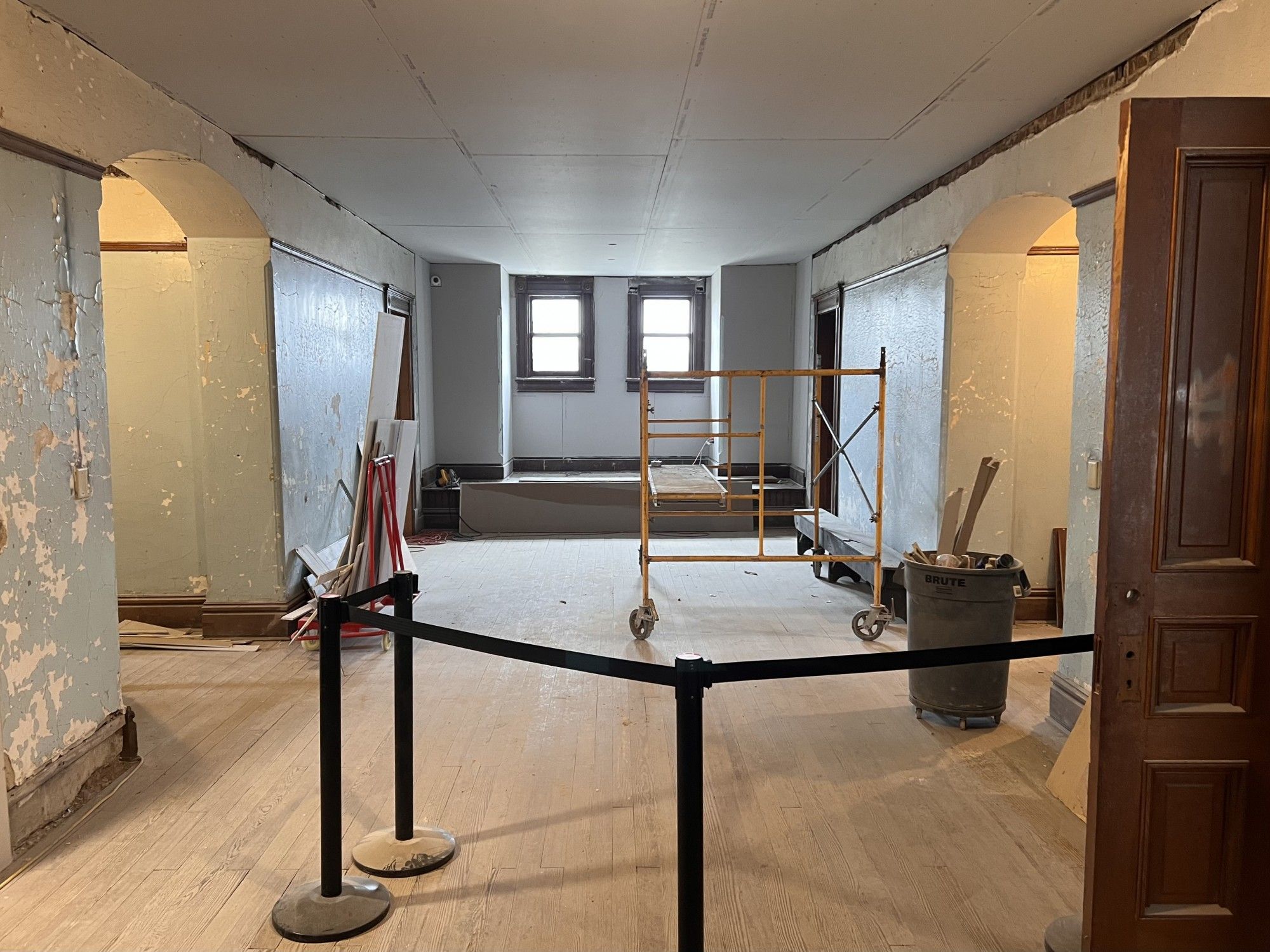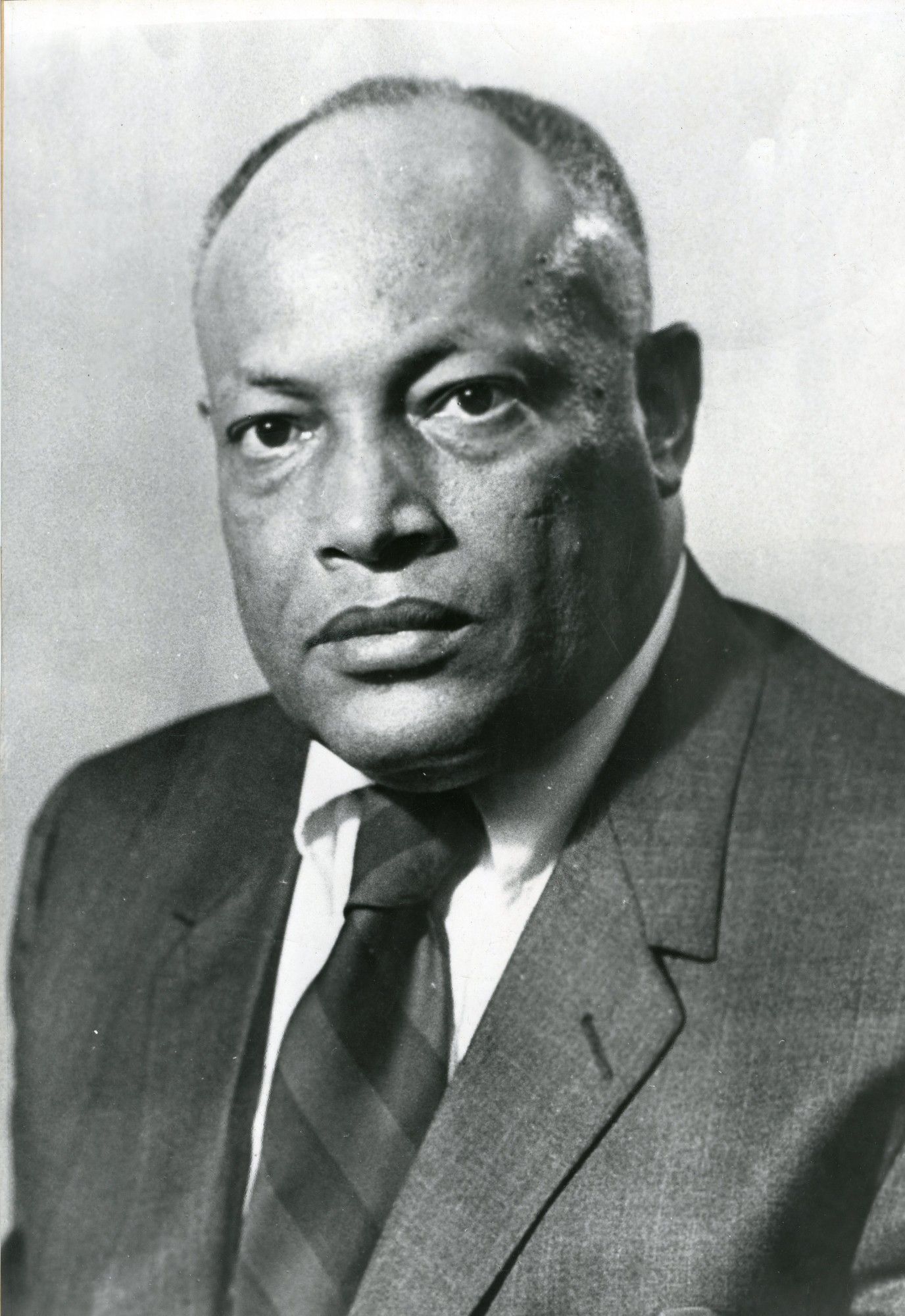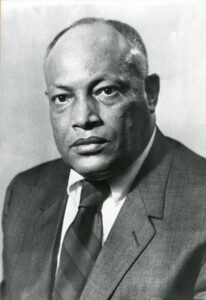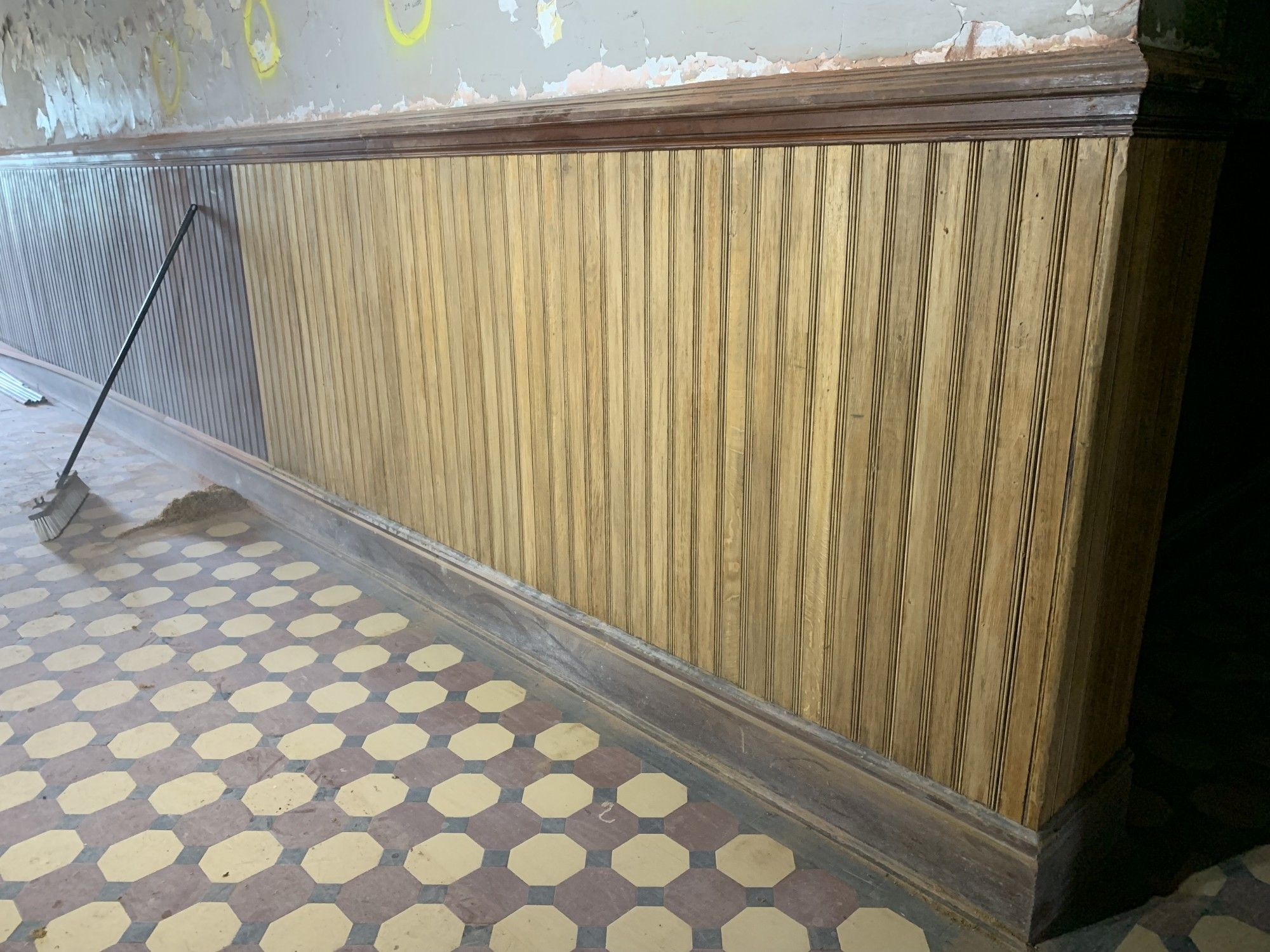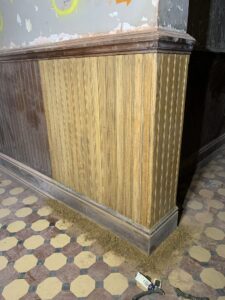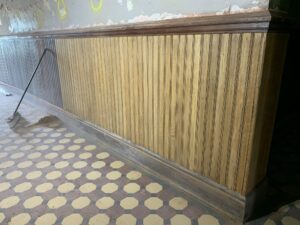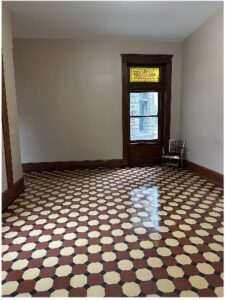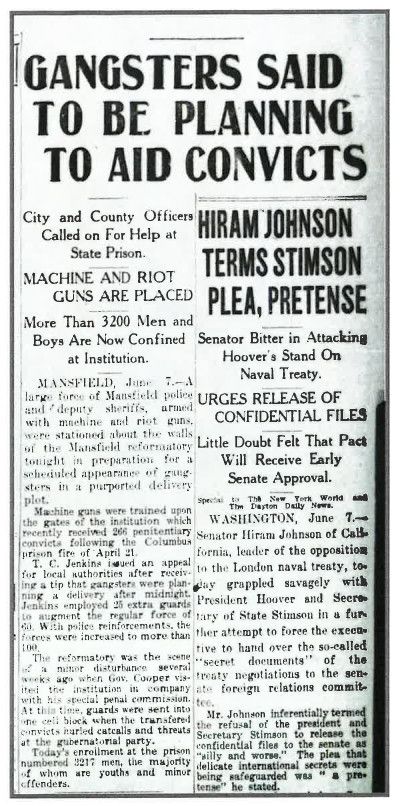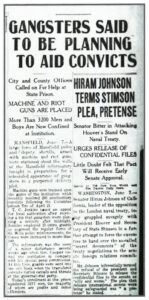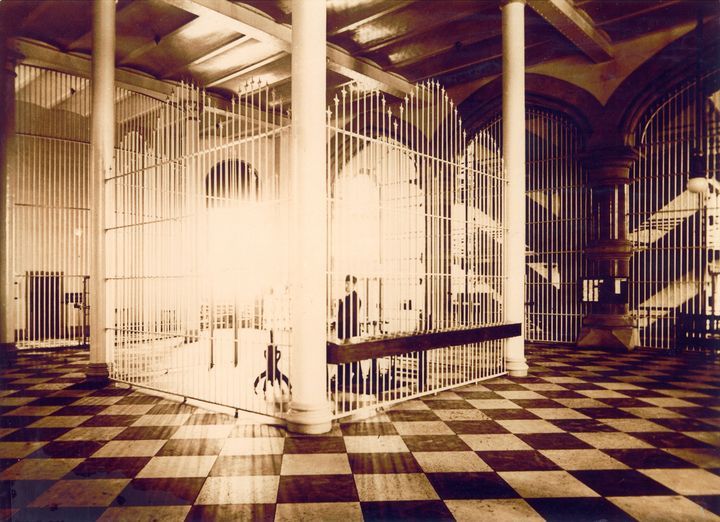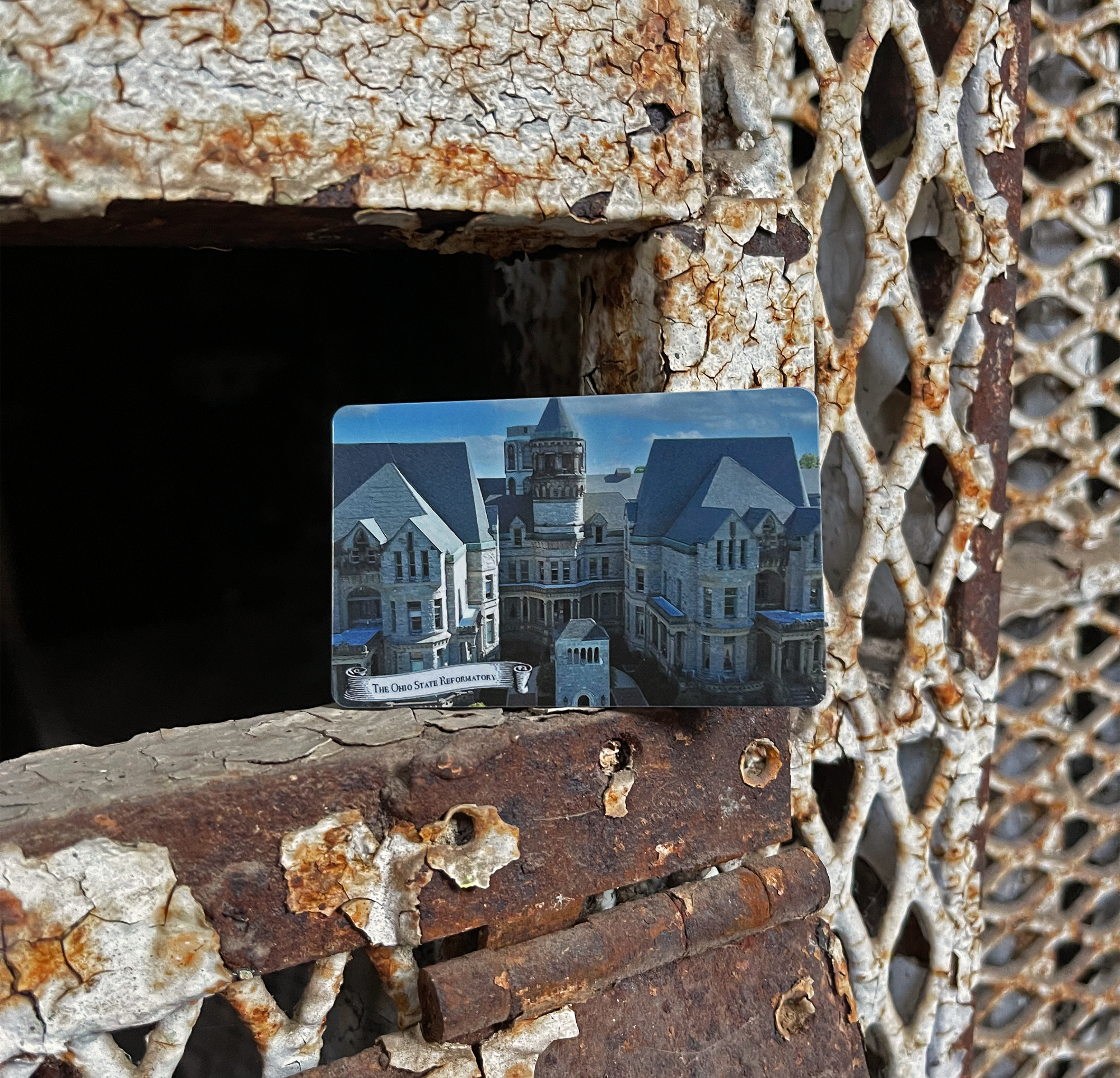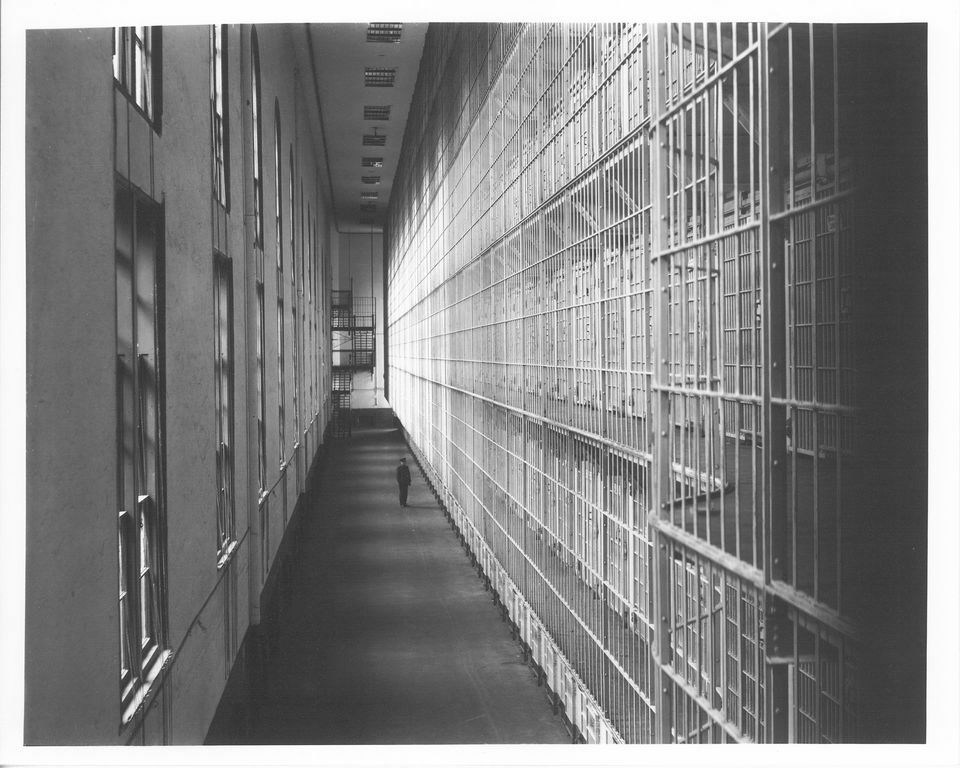Females On Guard At OSR
This article was found on newspapers.com at comes from the May 7th, 1976 edition of the Mansfield News-Journal
Females On Guard At OSR
By: Joan Brown
Mary Shoulders says she wouldn’t hesitate to shoot an inmate climbing over the walls at the Ohio State Reformatory. That’s what a correctional officer at the institution might have to do, and that’s what Mary is.
Mary and her ex-sister-in-law, Rita Shoulders, are the first female officers to work on the high surrounding walls and in the cell blocks at the penal institution. Mary and Rita are there because they need work and because the law grants women equal opportunity in the job market.
Rita, 34 and Mary, 32, didn’t intend to be correctional officers at OSR. Rita applied for the mail room and Mary tagged along with male applicants who were scouting for work at the institution. Maybe there would be. A job for her too?
But correctional officers at OSR earn $4.24 an hour to start, and Rita has two children to support and Mary, four children. Both women needed work.
When Rita’s friends heard about her new title, she said they pronounced: “You’re crazy to work out there.” Mary’s mother and sister worry about Mary’s safety.
Others are concerned, too.
Rita’s immediate supervisor, Clarence Kirkendall, manager of the commissary inside the walls where Rita works from 8 a.m. to 4:30 p.m., admits he “doesn’t approve of it.”
“I don’t think it’s a place for a woman. She is exposed to every inmate at least once a week. We closed the door at 7:30 last night and it embarrassed me to hear the language,” said Kirkendall.
“By having her here, it also brings pressures on me. There are employees who wanted this job in the commissary for years before they put her in here. Yet, I have no recourse but to accept her.”
Mary said she isn’t frightened at all to find herself alone on “Six South” the sixth tier of the largest steel block in the world, with only a short stick at her side.
“I used to have a lot of problems with Six South. When I started they were in their cells, nude. They asked me if it bothered me, I said “It is your house. You can be like you want to be. If you don’t have any pride in yourself to stand in front of an of an officer, male or female…”
“Now, I can go up there and they have something on – a towel. They act like men and I treat them like men. I go up to count my range in the evening and someone will say, ‘Shoulders is the range, cover up!’”
Mary Shoulders said the men have “tested” her reactions, challenged whether she would report infractions of rules.
“There are a couple guys here I am leery about. They are not all there, upstairs. They need to be in a mental hospital,” suggested Mary.
“But a lot of the inmates say, ‘You have any problems, you let us know and we will talk to them.’ The older ones keep the new ones in hand they say, “She needs a job just like anyone else needs a job.”
Some of the inmates presented Mother’s Day cards to Mary. “Many of them have not heard from home in years or had a visitor in nine or 10 months. I will stop and say a few words to them. Many of them respect me more than they do their own parents,” she said.
Rita Shoulders admitted she’s heard a few new “cuss words” at OSR. “I just ignore them – walk away. If you go back and tell them, it could get worse.”
Rita insists she isn’t worried about being assaulted in some dark corner inside the walls. “They are no worse here than on the streets,” she explained.
She pointed out that many of the inmates treat her like a sister, confiding in her, asking her for advice. Some want her as a pen pal, to write the letters wives and mothers no longer write.
“They are sad and it gets to you,” she said. “They have families who don’t bother to come and see them. When they go before the parole board, that goes hard on them. They say, ‘If your family doesn’t want you, you might as well stay here.’”
“I think the inmates have more respect for us because we are women. I haven’t had any trouble from them,” concluded Rita.
Her supervisor Kirkendall, a veteran of 20 years at OSR, admits that despite his objections to Rita’s presence: “I give her a hell of a lot of credit that she has the courage behind the walls. It may work out. She is determined and that means an awful lot.
Capt. Douglas Sackman, one of the several men who interviewed the women applicants, explained that the original plan behind hiring women was “to free men”
“But Mr. Gray (OSR Superintendent Frank Gray) said they are no different from a (male) correctional officer and he is right.” Sackman implies, however, that “some officers” and “some inmates” are not exactly rolling out a red carpet for the two women officers.
“There are certain areas I wouldn’t have them working in – like the showers on Saturdays,” said Sackman. “I’m not particularly excited about them working in the (cell) blocks either but they do.
“I think some officers are apprehensive about incidents where they could get jumped by some inmates. They don’t know if Officer Shoulders would come to their aid. You assume a man will.”
Superintendent Gray said OSR has other women, hired before he arrived, who are classified as “correctional officers.” He has asked that they be reprocessed through the training program so that as “correctional officers” they perform all the duties stipulated in the job classification.
“When they hire in to do correctional officer work and get that pay. They should be willing to do the work,” said Gray. “My feeling is that you are discriminating to put them on pedestals.”
Gray is not opposed to hiring more women officers, providing “qualified candidates are willing to do the work and we do not have difficulty with this.”
“On the other hand,” he added, “this is a new concept at this institution.”


